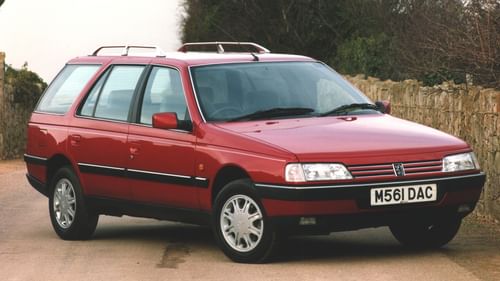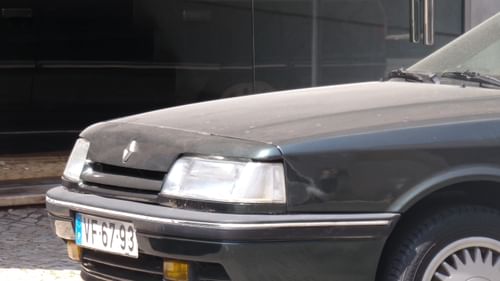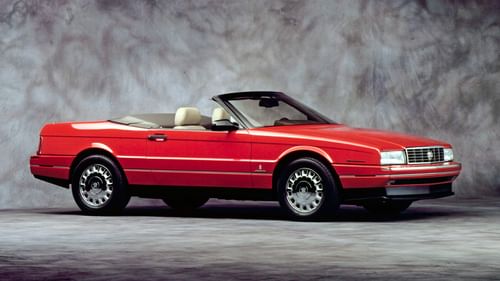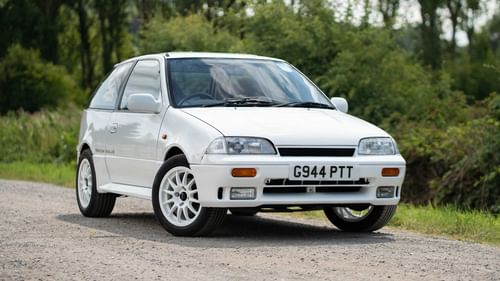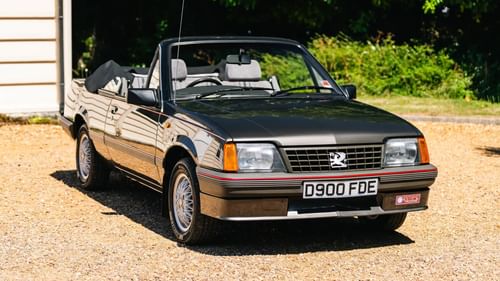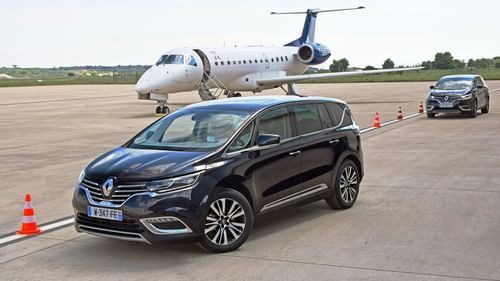Is it time to give the Alfa Romeo Arna a break?
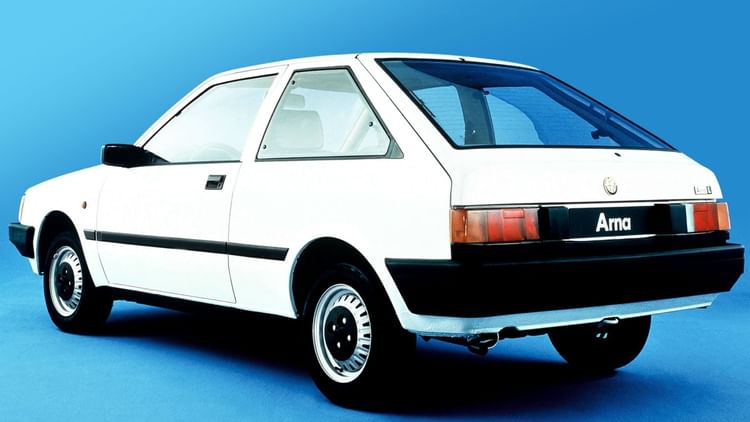
Friend of the show and Italian car historian Matteo Licata has written a book on the Alfa Romeo Arna. To quote Matteo, it's a “book about a car that's definitely PetrolBlog material, being old, very much unloved and misunderstood.”
Here, Matteo provides a brief introduction to the Alfa Romeo Arna and provides an exclusive excerpt from the book. When you've finished reading, head along to his YouTube channel, which is destined to be one of the best motoring channels of 2020. Over to you, Matteo.
Seemingly everyone that has even a passing interest in cars has an opinion on the Alfa Romeo Arna. A negative one.
Yet hardly anyone who speaks about the Arna today has had any experience with the car, given the last one left an Italian dealer's lot, presumably thanks to much smooth-talking and a sizable discount, back in 1987.
There's no denying the Alfa Romeo Arna sold way below expectations, and its looks weren't going to excite anyone even back in the day. Yet I've been asking myself if the Arna actually deserved its inclusion in pretty much every ‘worst cars’ or ‘ugliest cars’ shortlist written during the last 30 years.
Tired of hearing the same old prejudices repeated and passed off as the accepted truth, I've taken it to myself to write the first documented history of the Alfa Romeo Arna.
As an Alfa Romeo historian, I find particularly fascinating the last few years of the company's existence as an independent entity (1980-86), and the short, troubled history of the Alfa Romeo Nissan Autoveicoli (yes, Arna was an acronym) venture is a critical element of that period.
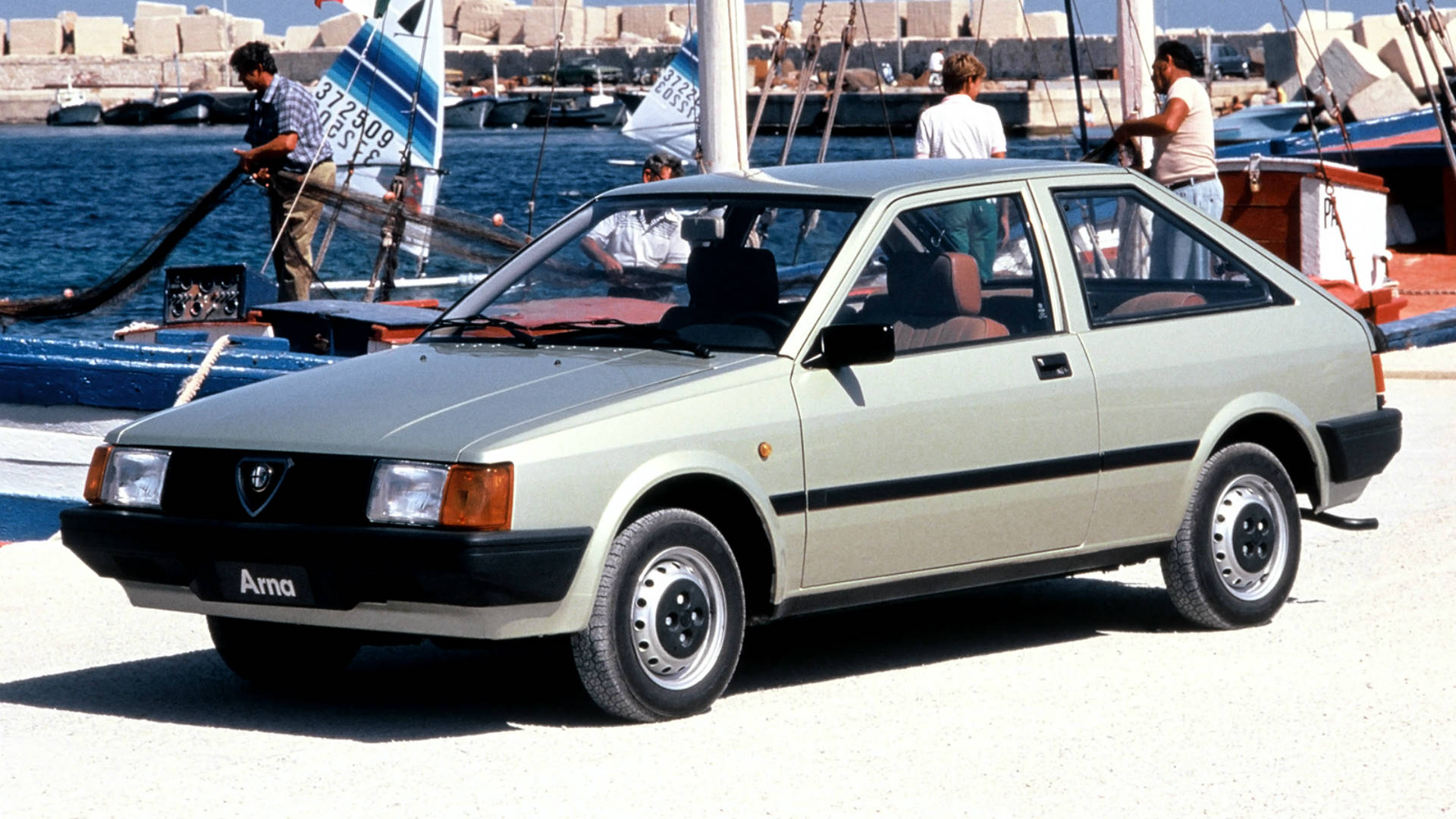
Please enjoy this brief extract from my book Alfa Romeo Arna: The True Story 1980-1987, available on Amazon.
Alfa Romeo's newly-appointed top management sought the advice of prestigious international business consultancies to determine the best course of action to bring Alfa Romeo back to profitability within a reasonable timeframe.
The ‘Piano Alfa Ottanta’ plan, which outlined the company's strategic direction up to 1990, called for a dramatic shortening of product cycles down to a more competitive 5/6 years from Alfa's then-usual 10/12 years.
Throughout Alfa's renewed product offensive for the 1980s, the number of vehicle architectures and mechanical assemblies (by 1989 all the cars built at Arese were to share the same ‘bones’), were to be reduced to gain some much-needed economies of scale.
The plan called for a 1.17 billion Lira investment but promised to bring Alfa Romeo back to profit by 1985 and, by the end of the decade, come to generate a hundred billion of cumulated profits. On top of that, the projected yearly production of 311,000 cars by 1990 promised to keep Alfa's workforce headcount stable: remember that Alfa was state-owned and had to seek approval and funds from the Italian government. Therefore, any plan that called for substantial layoffs would have been politically inviable.
It's important to note that 60,000 of those cars were expected to come from a joint venture with another manufacturer: the pursuit of strategic alliances was seen as an integral part of Alfa's turnaround plan. The Alfasud plant in Pomigliano D'Arco never got even close to its planned production capacity during the 1970s, leading to massive losses for the parent company: so, being able to operate the Naples factory at its full capacity was crucial for Alfa's turnaround plan to succeed.
Alfa Romeo's management didn't believe one single model could guarantee the necessary sales volume, so Alfa's future ‘C-Segment’ product offering counted on two new models, with one designed entirely ‘in-house’ and the other thanks to a joint venture.
The first model, codenamed ‘905’, built upon the strengths of the Alfasud (its lusty boxer engines and sharp handling) but was designed to be a more upscale offering, a true ‘premium’ compact to be sold at a higher price and compete more with the likes of the Volkswagen Golf than the Fiat Ritmo.
The new model, baptized ‘33’ as a reference to the racing prototypes world champions in '75 and '77, was launched in May 1983 to great success.
The validity of the technical choices made by Rudolf Hruska back in the late 60s allowed Alfa Romeo to reuse the Alfasud's underpinnings for the new 33, and all the better for it: Alfa could no longer afford to develop an entirely new car on its own, much less two.
That's the reason that led president Massacesi to seek out a ‘partner’ for the ‘920’ project: the new entry-level model of the Alfa Romeo range.
Alfa Romeo Arna: The True Story 1980-1987 is available on Amazon priced £25.29.
